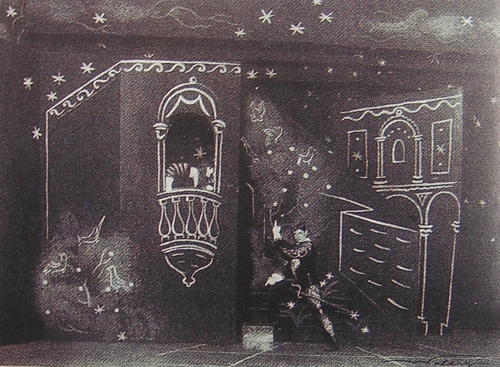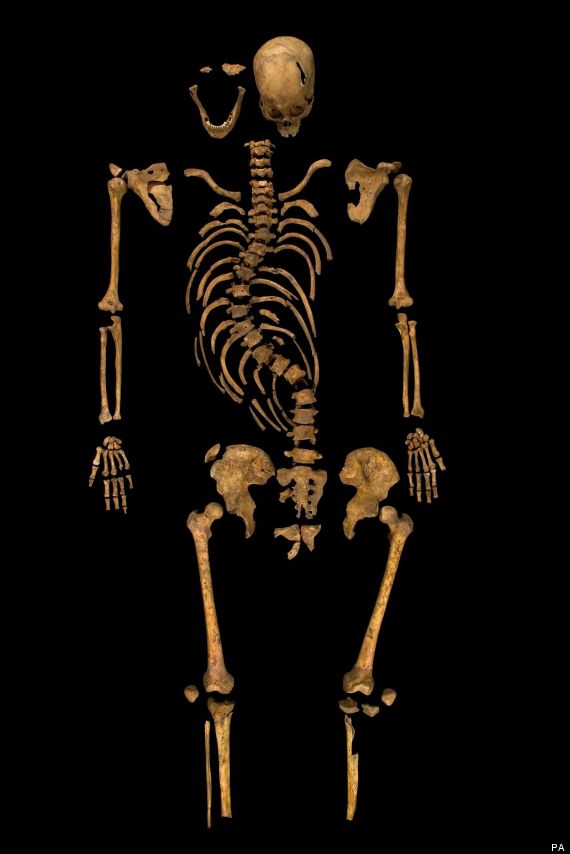Heather Wolfe, curator of manuscripts at the Folger Shakespeare Library, shares her fascination with William Henry Ireland's forgeries, among them a fake letter from William Shakespeare to his wife, Anne Hathaway. This letter is part of the "Shakespeare's the Thing" exhibition, which can be seen at the Folger through June 15, 2014.
William Henry Ireland was in Englishman who lived a relatively long life (1775 - 1835), and was known more for his forgery of Shakespearean letters and plays than his own poetry, novels and histories. Forged or authentic, apparently he was not a good writer at all. Heather Wolfe critiques that letter in the video, but Ireland's own contemporary - Irish playwright Richard Brinsley Sheridan - noticed that the "Shakespearean" play that Ireland "discovered" was simplistic in its language. He was doomed apparently to a life of penury, and perhaps deservedly so, for his deceitful ways.
William-Henry Ireland was an unlikely Shakespeare. He dreamed of being an actor, a poet or perhaps a playwright, but he had been a dismal student, rarely applying himself to his lessons and regularly caned for misbehavior. One of his headmasters, he later recalled, told his father “that I was so stupid as to be a disgrace to his school.”
Even the boy’s parents saw him as a dullard. Samuel Ireland, a self-important and socially ambitious writer, engraver and collector, went so far as to hint that William-Henry was not his son. The boy’s mother did not acknowledge her maternity; as Samuel’s mistress, she raised William-Henry and his two sisters by posing as a live-in housekeeper named Mrs. Freeman. Samuel had found the boy an undemanding job as an apprentice to a lawyer friend whose office was a few blocks from the Irelands’ home on Norfolk Street in the Strand, at the edge of London’s theater district. At the lawyer’s chambers, William-Henry passed his days largely unsupervised, surrounded by centuries-old legal documents, which he would occasionally sift through, when asked.
Reference:
To Be...Or Not: The Greatest Shakespeare Forgery.
Ireland reminds me of Tom Ripley, in the 1999 film by Anthony Minghella -
The Talented Mr. Ripley - whose self-proclaimed talents were forgery, lying and impersonation. Both men managed to fool others for great lengths of time, but who were ultimately uncovered. No doubt, both men had skill enough. But I daresay that the fooled were as much the culprit in these stories. Ireland's father, I imagine, had no reason to doubt his eager son. Rather, he probably had more reason to believe him, than not, as it could elevate his own lot in life. So even if he had moments of doubt about the discoveries, he must've dispelled them just as readily as any proud man would.
Exactly when the idea of forgery took root in William-Henry’s mind is unclear. For all his dreams of being a writer, he had produced at most a handful of poems. Shortly before Christmas in 1794, he decided to try his hand at something new. In one of his father’s books, he had noticed Shakespeare’s wobbly signature on a facsimile of an old deed. William-Henry quietly carried the book to the law chambers, where he practiced tracing the signature until he could copy it with his eyes shut. Using blank parchment he cut from an old rent roll, he used ink diluted with bookbinders’ chemicals to write a new deed. He darkened the ink by holding the parchment close to a flame, then attached wax seals he had cut from an old deed in the office.
After dinner a few evenings later, William-Henry walked into the Ireland drawing room, pulled the new deed from inside his coat and gave it to his father, saying more loudly than he intended, almost as if in defiance: “There, sir! What do you think of that?”
CONSTANTIUS.
Good Vortigern! as peace doth bless our isle,
And the loud din of war no more affrights us,
And as my soul hath plac'd thee next herself,
'Tis our desire that thou deny'st us not,
That, which anon we crave thee to accept,
For though most weighty be our proffer'd task,
We trust thy goodness will not yet refuse,
For we have always found thee soft by nature,
And like the pelican, e'en with thy blood,
Ready to succour and relieve.
VORTIGERN.
Most gracious sov'reign! to command is thine,
And as a subject mine is to obey.
From
Vortigern and Rowena (Act I,
scene i), by William Henry Ireland. This was the play that Sheridan criticized as too simplistic for a Shakespearean play. Who knows if Ireland, had he had better schooling and mentorship, would've grown into a more accomplish poet, playwright and novelist.
I always thought it would be better to be a fake somebody than a real nobody!
Said by Tom Ripley.
I am glad, though, that the Folger Shakespeare Library has a collection of Ireland's handy work. Because the human irony is this: As a letter from Shakespeare to his wife, it was a lame fake. But as a piece of work by Ireland himself, it was an authentic effort. That simplistic play was genuinely by Ireland. Everything he created was a true piece of art. Not necessarily good, apparently, but real as can be. So the Library has this collection, for the counter-intuitive reason that, like it or not, it represents our inviolably real but flawed humanity.











